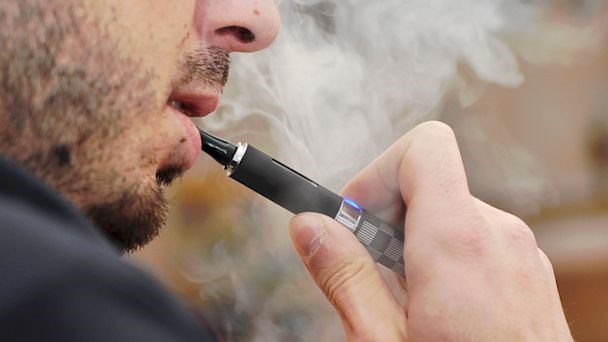The World Health Organization is calling for heavier regulations for e-cigarettes, including banning their use indoors and keeping them out of the hands of minors.
For the uninitiated, an e-cigarette is a battery-powered cylinder that vaporizes water and other ingredients for the user to inhale and exhale like a cigarette. They’re available in different flavours and concentrations of nicotine.
And if you haven’t noticed, they’re everywhere.
But as our laws only address tobacco use, so far e-cigarettes exist in a bureaucratic no-man’s-land.
E-cigs are new enough that many of their risks and benefits remain unknown. Though they haven’t been proven to work as quit-smoking aids, they’re certainly popular for that purpose and contain much lower concentrations of harmful ingredients than regular cigarettes.
Probably the biggest concerns about e-cigs are their potential impacts on minors. Nicotine is harmful to developing brains. More concerning, a recent study pointed to teens who smoke e-cigs as being more likely to try the real thing. That represents a step backwards.
As a society, we’ve made great progress in discouraging smoking to the point where seeing someone exhale a puff of smoke inside a restaurant or office would have us reaching for a fire extinguisher.
It feels regressive to allow that sight to become “normal” again.
That’s reason enough to welcome the WHO’s suggestions and — as many other jurisdictions have done — set some limits on how we give ourselves the vapours.



